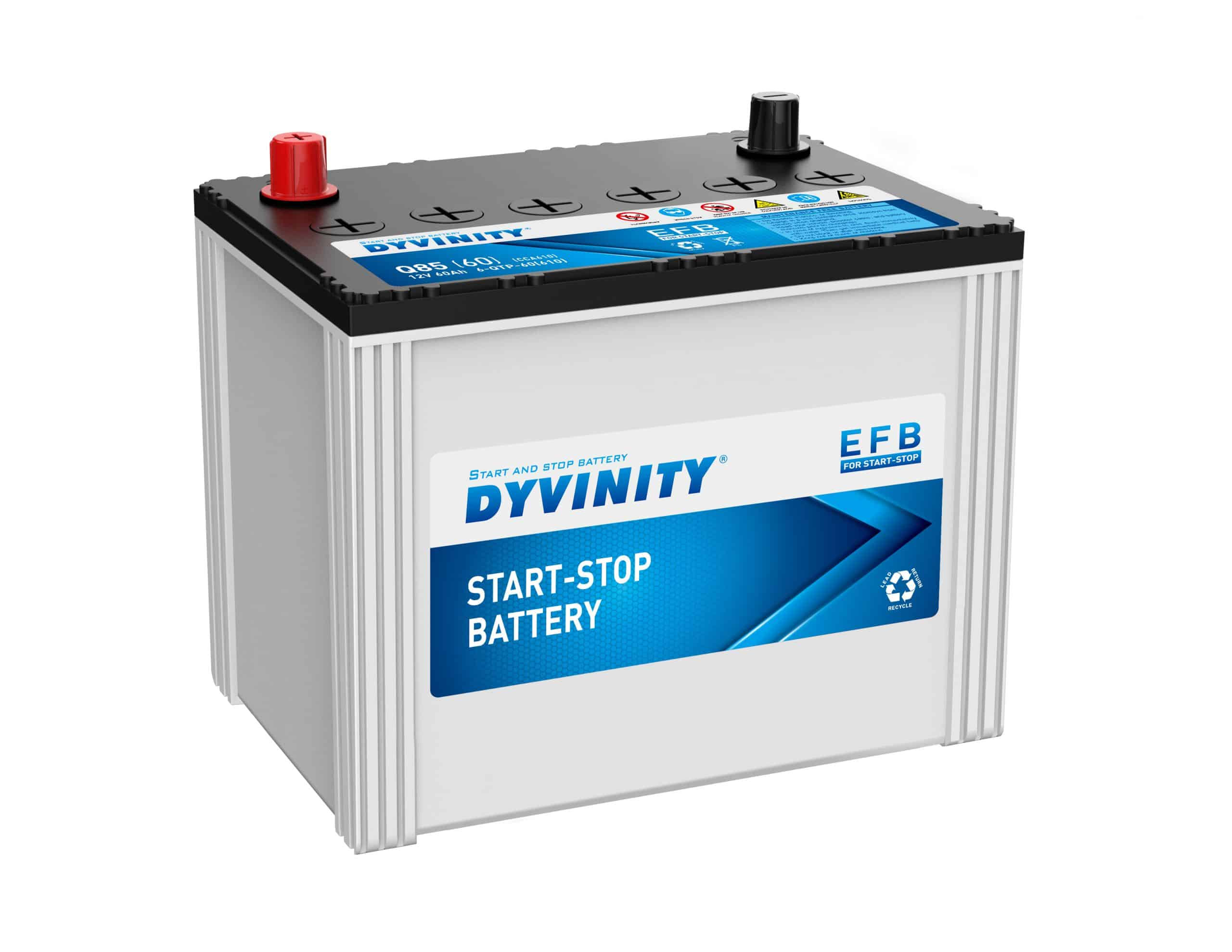Can You Just Change the Stop-Start System Batteries?
Have you ever found yourself stuck in traffic, your car engine idling, and suddenly it shuts off, only to restart when you press the accelerator? If this scenario rings a bell, you've experienced the stop-start system in action. It's a fuel-saving feature in modern vehicles, but have you ever wondered about the batteries that power this seamless start-stop dance?

The Annoying Halt: A Common Experience
Imagine cruising down the highway, the wind in your hair, and suddenly, you hit a traffic snarl. As you come to a stop, your car's engine decides to take a break too. An uneasy silence follows, broken only by the hum of other idling engines. This phenomenon is thanks to the stop-start system, a technology designed to conserve fuel and reduce emissions.
But here's the catch - what happens when the batteries supporting this system start to fade? Are they as easy to replace as a regular car battery? Let's dive into the details.
Understanding Stop-Start System Batteries:
To begin with, the batteries used in stop-start systems aren't your typical car batteries. They are called absorbent glass mat (AGM) batteries, and they play a crucial role in the seamless operation of the stop-start system. These batteries are specifically designed to handle the frequent charge and discharge cycles associated with the stop-start feature.
Now, back to our original question: can you just change these batteries like any other? The answer isn't a simple yes or no. While the replacement process itself is straightforward, there are a few nuances to consider.
The Battery Swap: A Simple Process
Unlike traditional car batteries, AGM batteries used in stop-start systems are generally more expensive. However, the actual replacement process isn't significantly different. Just like changing a regular battery, you disconnect the old one, remove it, and install the new AGM battery in its place.
But here's where it gets interesting. These batteries often require a bit more power during the initial start-up. So, if you've decided to embark on a DIY battery swap, make sure your replacement AGM battery is fully charged before installation.
Compatibility Matters:
Before rushing to buy a new AGM battery, ensure it's compatible with your vehicle's make and model. The specifications of AGM batteries can vary, and using the wrong one may lead to performance issues or even potential damage.
Most reputable auto parts stores can help you identify the right battery for your vehicle. Additionally, consulting your car's manual or seeking advice from a qualified mechanic is a wise move to ensure a seamless replacement.
Final Thoughts:
In conclusion, changing the batteries for a stop-start system is indeed a feasible task, but it comes with its own set of considerations. Understanding the type of battery your car uses, ensuring compatibility, and being aware of the potential power requirements during installation are key aspects.
As we navigate the world of evolving automotive technologies, it's crucial to stay informed about the intricacies of our vehicles. The stop-start system, despite its occasional quirks, remains a valuable tool in our efforts to reduce fuel consumption and minimize our environmental footprint.
So, the next time you find yourself in the midst of stop-and-go traffic, appreciate the technology at play. And if your stop-start system batteries are due for a change, armed with the right knowledge, you can tackle the task with confidence, ensuring a smooth ride ahead.
Key Takeaways:
Stop-start system batteries, known as AGM batteries, are crucial for the functioning of the fuel-saving feature.
The replacement process is similar to changing a regular car battery but requires considerations like full charging and compatibility.
Understanding your vehicle's requirements and seeking professional advice ensures a hassle-free battery replacement experience.


